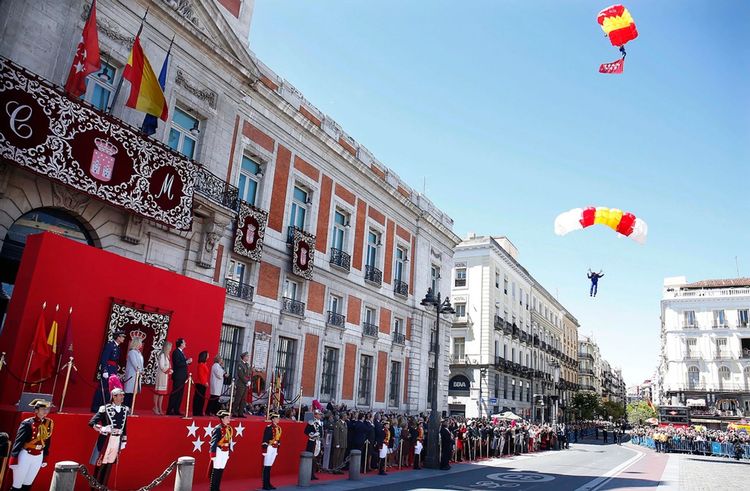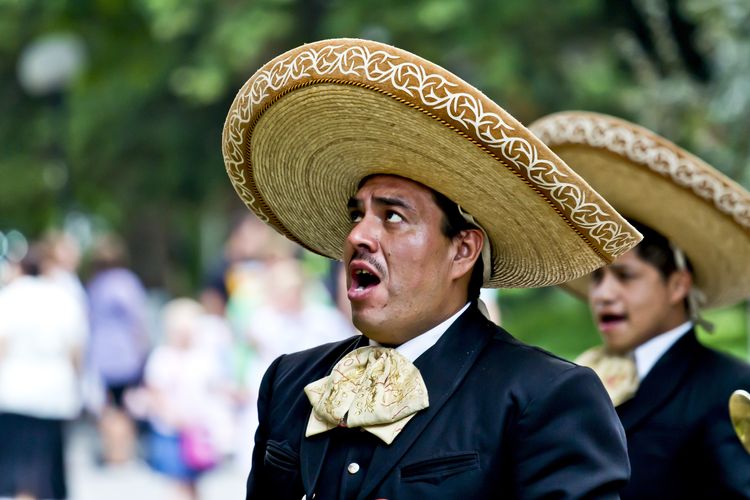
The Spanish Peninsular War’s Dos de Mayo Uprising, also known as the Battle of Madrid, took place on May 2, 1808. Despite being highly experienced and successful soldiers, the French commanders in Spain completely miscalculated the inflammatory nature of Spanish politics, religion and social life.
To punish dissent and opposition against French rule in Madrid, the act turned into a rallying cry for rebellion against Spain. Spanish towns and cities celebrate fiestas throughout the year, and Madrid is no exception. From parades to nighttime street parties, we explore Dos de Mayo festivities.
What is Dos de Mayo in Spain?
The term «Dos de Mayo» translates literally as «May 2.» Madrilleos celebrates a day of great significance as it commemorates a revolt against the French occupation in 1808. They killed hundreds of Madrilleos in intense fighting, particularly near Puerto del Sol. However, the uprising led to the start of the Peninsular War, though it was brutally suppressed, as depicted in Goya’s «The Charge of the Mamelukes.»
The people of Madrid rebelled against French troops occupying the city, leading to repression by French imperial forces. When the Mameluke soldiers of Napoleon’s Imperial Guard fought Madrid residents in the Puerta del Sol, they wore turbans and used scimitars, provoking memories of Muslim Spain.
The Second of May 1808
People in Madrid revolted against the Napoleonic troops that invaded the city on May 2, 1808, after being held captive by the fear and uncertainty caused by the Mutiny of Aranjuez. Repression of the insurrections was brutal. Protests that swept the country led to the War of Independence, which lasted six years and ended with Ferdinand VII’s return and the establishment of an absolute monarchy.
Because of the bloody events of May 1808, an iconography focused on four key moments of the revolt:
- On May 2, 1808, the citizens attacked the carriage, bringing the prince and princess from Madrid.
- Second, there was street fighting between the people of Madrid and the French, especially with the Mameluke.
- Following this, Daoz and Velarde defended Artillery Park heroically.
- Finally, the French repression took place in the early morning hours of May 3.
The paintings of Goya depict the events clearly in four different ways. Especially noteworthy are those produced by Lopez Enguidanos in 1813 and popular vignettes.

The Third of May 1808
The Third of May 1808 (also known as El tres de mayo de 1808 en Madrid, Los fusilamientos de la montana del Principe Po & Los fusilamientos del tres de mayo) is a painting completed in 1814 by the Spanish painter Francisco Goya, now at the Prado Museum, Madrid. Goya created the painting to honor Spanish resistance against Napoleon’s armies during the Peninsular War of 1808.
The provisional government of Spain commissioned it, along with its companion work of the same size, The Second of May 1808 (or The Charge of the Mamelukes). Its content, presentation and emotional power establish its status as a groundbreaking, archetypal image of the horrors of war. Even though The Third of May 1808 draws inspiration from high and popular art, it is a clear break from convention.
Goya set the Third of May 1808 in the early morning hours after the uprising and centers on two groups of men: a rigid firing squad and a disorganized group of captives held at gunpoint. Kenneth Clark writes, «[Goya] has in a stroke of genius juxtaposed the fierce repetition of the soldiers’ looks and the steely line of their rifles with the crumbling irregularity of their targets.”
How is Dos de Mayo Celebrated?
The Fiesta Dos de Mayo commemorates Napoleon’s defeat in 1808. It is one of Spain’s most patriotic and popular festivals. They shoot large fireworks off on the evening of May 1 in the Gardens of Vistillas (Jardines de Las Vistillas).
The celebration ends with a military parade of the royal troops (Desfile military), held on the central squares-Plaza Puerta del Sol and Plaza del Dos de Mayo. In 1808, the latter became the epicenter of the uprising following the destruction of the barracks Montelion.
A hundred locals, members of associations and clubs decked out in period costumes reenact these decisive moments in Spanish history, and the streets of Móstoles look like a scene from a Francisco Goya engraving. Many activities happening over the week, from concerts to workshops, sporting tournaments, activities for children, music in the street and food tastings.
During the Fiesta Dos de Mayo, Madridians display their pride in being from the city. They know the festival as the Day of the Community of Madrid and the City Day in Madrid. An air of happiness permeates the celebration.



